CARING WITH FAMILY
|
| The degree of affection that a dog shows toward family members or familiar acquaintances can vary widely between breeds. Some canine varieties demonstrate a guarded demeanor reserving their loyalty and warmth exclusively for their immediate human companion. On the other hand, other breeds are renowned for their gregariousness treating every known human with the enthusiastic affection of a cherished friend. |
LOVE WITH CHILDREN
Unwise
Good With Children
|
| The degree of a dog breed's patience and comfort with children's antics varies widely. Some breeds are celebrated for their gentle acceptance of boisterous play, naturally embodying a family-friendly temperament. Nevertheless irrespective of a breed's innate affinity for children, supervising interactions between dogs and children particularly the very young or those not accustomed to dogs is always a wise and necessary measure. |
BEHAVIOR WITH DOGS
Unwise
Good With Other Dogs
|
| The inherent sociability of a dog breed towards other canines can play a critical role in their interactions. While some dogs are naturally inclined to forge friendships and play amicably with their fellow four-legged peers, others may require more careful introductions and supervision to ensure peaceful coexistence. |
SHEDDING LEVELS & MANAGEMENT
No Shedding
Hair Everywhere
|
| The volume of fur a breed is known to shed can significantly impact home maintenance and grooming rituals. High-shedding breeds tend to leave more hair around the house, possibly exacerbating allergies for sensitive individuals. Frequent brushing is often necessary to manage loose fur alongside more regular housekeeping routines including vacuuming and the use of lint rollers to keep your living spaces clean. |
COAT GROOMING STANDARDS
|
| The grooming requirements of a dog breed can greatly influence the time and resources you will need to dedicate to their care. For breeds demanding regular bathing, brushing, and trimming, you may have to set aside several hours a week and consider the costs of professional grooming services. Don't forget, irrespective of a breed's coat care demands all dogs will need their nails trimmed on a regular basis to maintain proper paw health. |
DROOLING INTENSITY
Less Likely to Drool
Always Have a Towel
|
| The tendency of a dog breed to drool can range significantly, with some known to be quite generous with their slobber, potentially leaving trails on your skin or sizeable damp patches on your attire. For those who place a premium on cleanliness and prefer a more meticulous living space, opting for a breed with minimal drooling habits could be more suitable. It's a key factor to contemplate if the idea of regularly wiping away dribble and caring for soggy garments isn't appealing to you. |
COAT STYLES GUIDE |
| Smooth |
| COAT SPECTRUM |
| Short |
FRIENDLINESS
Reserved
Everyone Is My Best Friend
|
| A breed's natural disposition towards strangers can significantly impact its sociability in various settings. Certain breeds may inherently be more guarded or restrained, maintaining a cautious stance regardless of the situation. In contrast, other breeds exude a congenial and approachable demeanor, eagerly greeting new people with tail wags and friendly enthusiasm. |
LIVELINESS
Only When You Want To Play
Non-Stop
|
| A breed's inclination for playfulness throughout its life can be an important consideration for potential dog owners. Certain breeds retain a puppy-like zest for energetic games like tug-of-war or fetch well into their senior years always up for a lively play session. |
VIGILANCE INTENSITY
What's Mine Is Yours
Vigilant
|
| The instinct of a dog breed to notify you about the presence of strangers can present a spectrum of behaviors, with certain breeds being particularly vigilant ready to sound the alarm at the slightest hint of an unknown presence be it the mail carrier or a backyard critter. Such breeds often possess a strong protective trait and may react to any perceived intruder until they're certain no threat is posed |
ADAPTATION CAPACITY
Lives For Routine
Highly Adaptable
|
| A breed's adaptability to change covers various aspects of its temperament and resilience. Some dog breeds are exceptionally flexible adjusting with relative ease to fluctuations in their environment, routine and the world around them. These dogs tend to cope well with moving to new homes, different noise levels, variable weather conditions and alterations in their owners' schedules. |
OBEDIENCE LEVEL
Self-Willed
Eager to Please
|
| The ease of training a dog breed and its eagerness to learn can vary widely. Some breeds are known for their acute intelligence and desire to please, making them highly responsive to training efforts. They actively enjoy engaging in learning activities and gain satisfaction from mastering new commands or tricks often motivated by the desire to make their owners proud. |
STAMINA LEVEL
|
| The exercise and mental stimulation requirements of a dog breed can significantly influence the daily commitment of dog ownership. High-energy breeds are akin to athletes of the canine world; they thrive on physical activities such as running, hiking and playing and require ample mental stimulation through interactive games, training or problem-solving toys to keep them happy and healthy. These dogs are best suited for active owners who can provide them with plenty of exercise and engagement. |
VOCALIZATION
|
| Likes To Be Vocal |
LEARNING CURIOSITY LEVEL
Happy to Lounge
Needs a Job or Activity
|
| Mental stimulation is as crucial to a dog's well-being as physical exercise, and the need for cognitive enrichment varies by breed. Purpose-bred dogs such as herding, hunting, working or service breeds, often have high mental stimulation requirements. These breeds have been developed to perform tasks that require sharp decision-making complex problem-solving, diligent concentration and a high degree of trainability. |
| COLORS | . |
| PATTERNS | . |
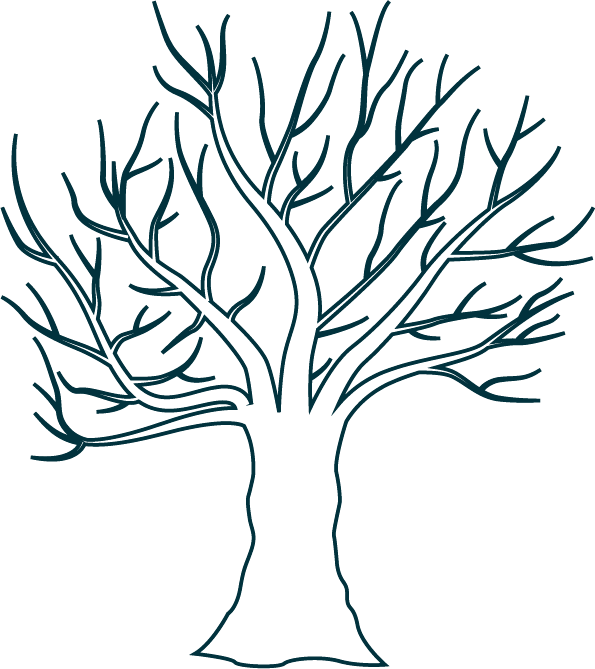


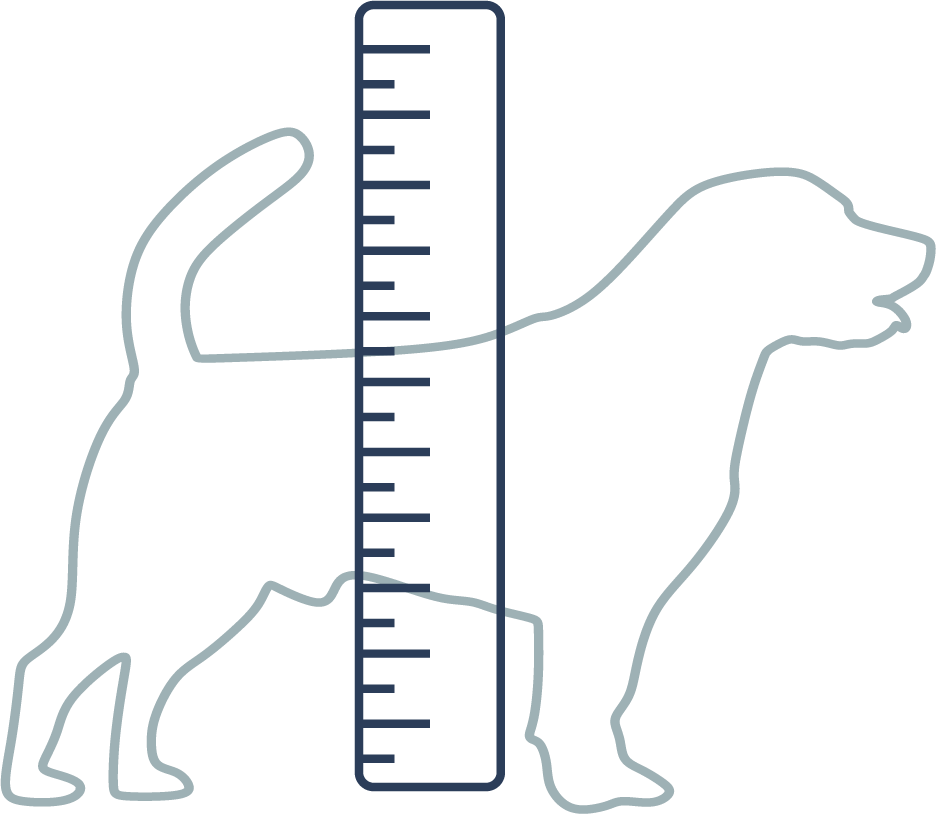
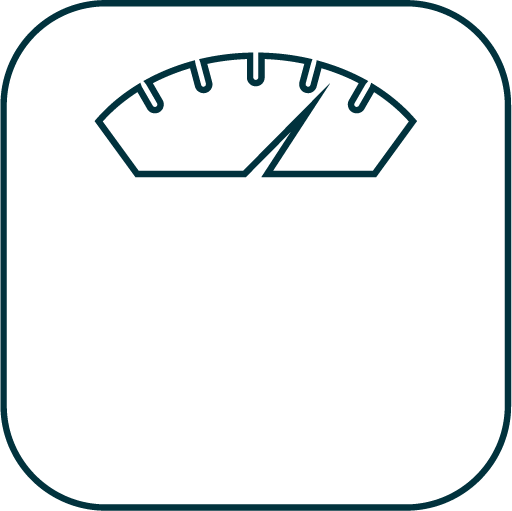

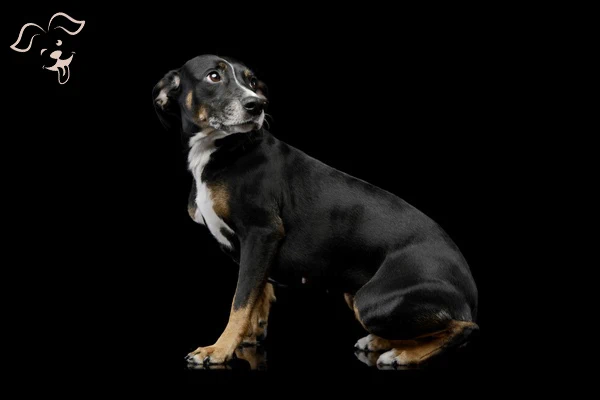
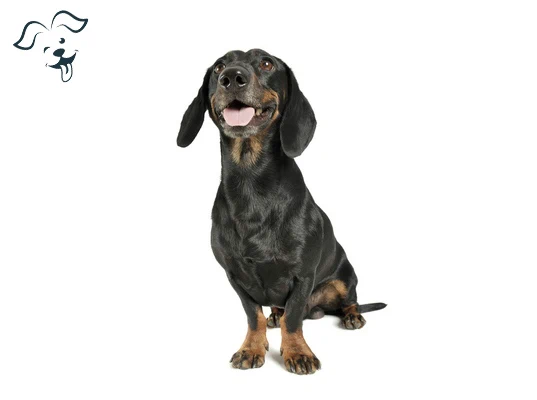
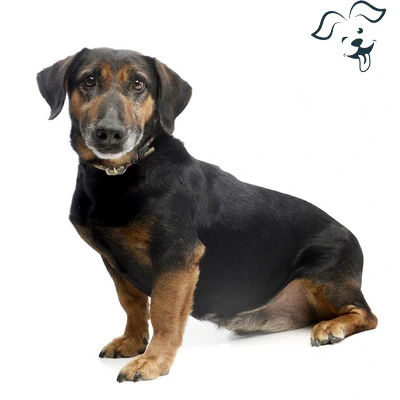
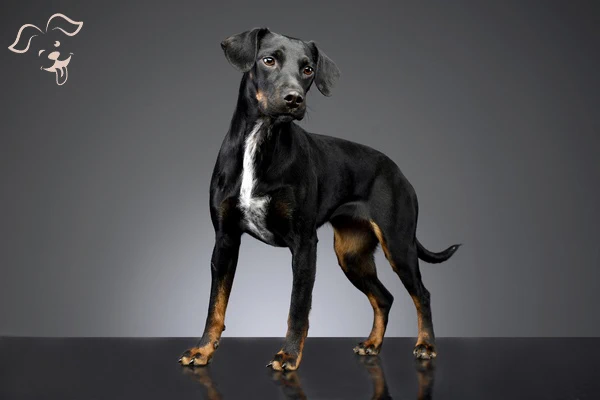

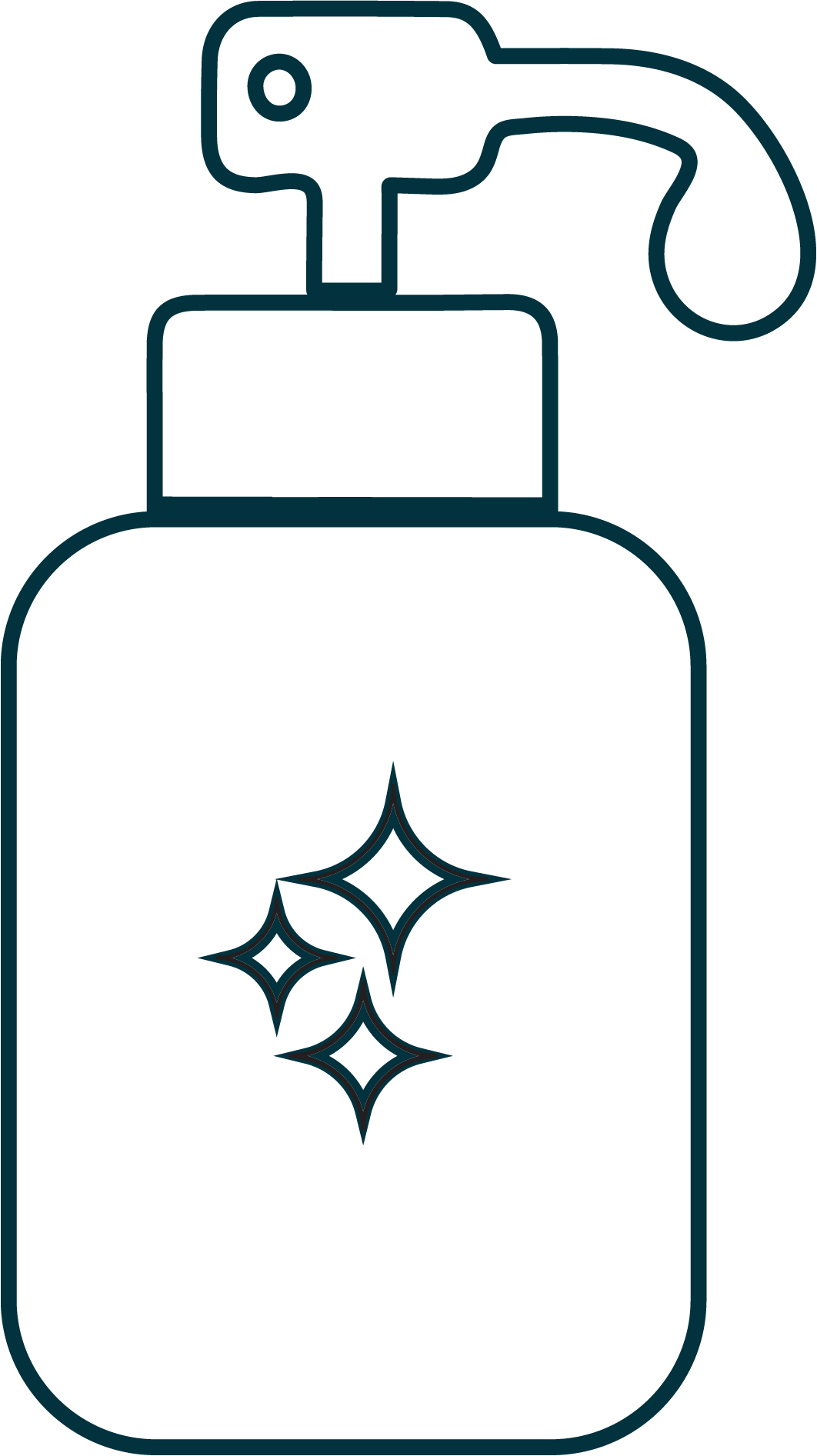
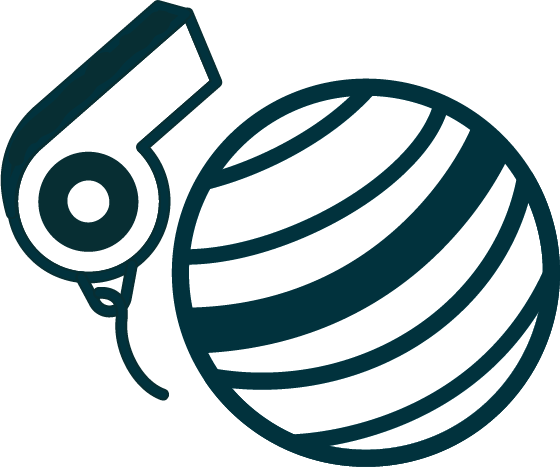

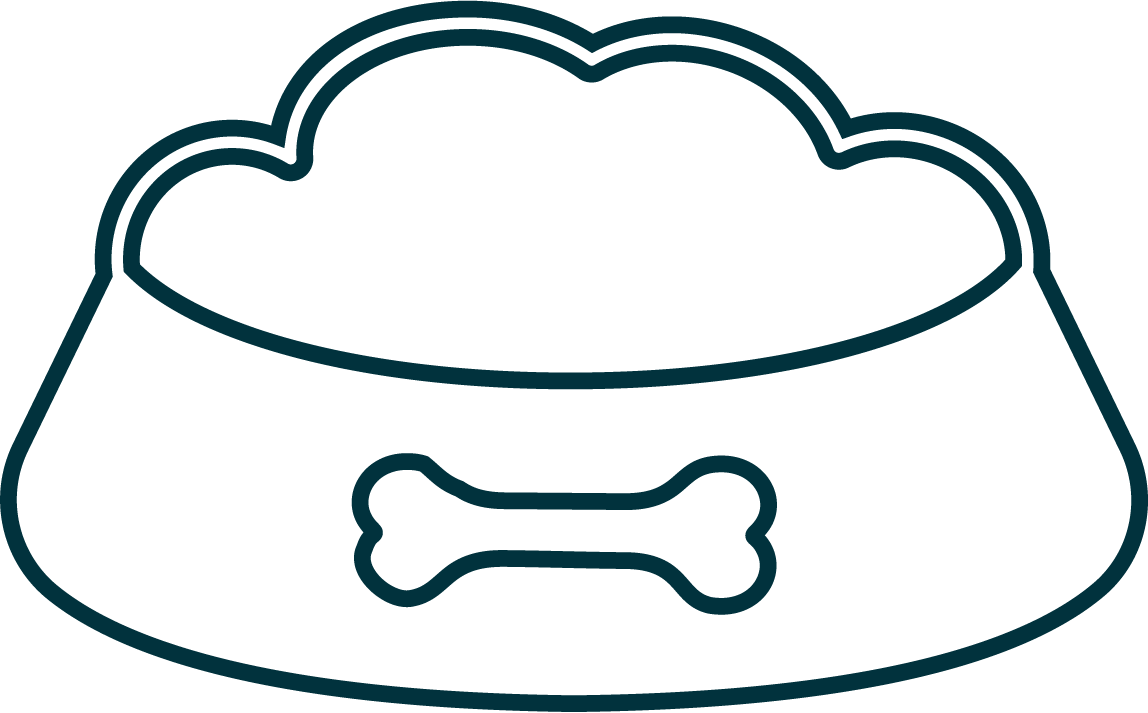
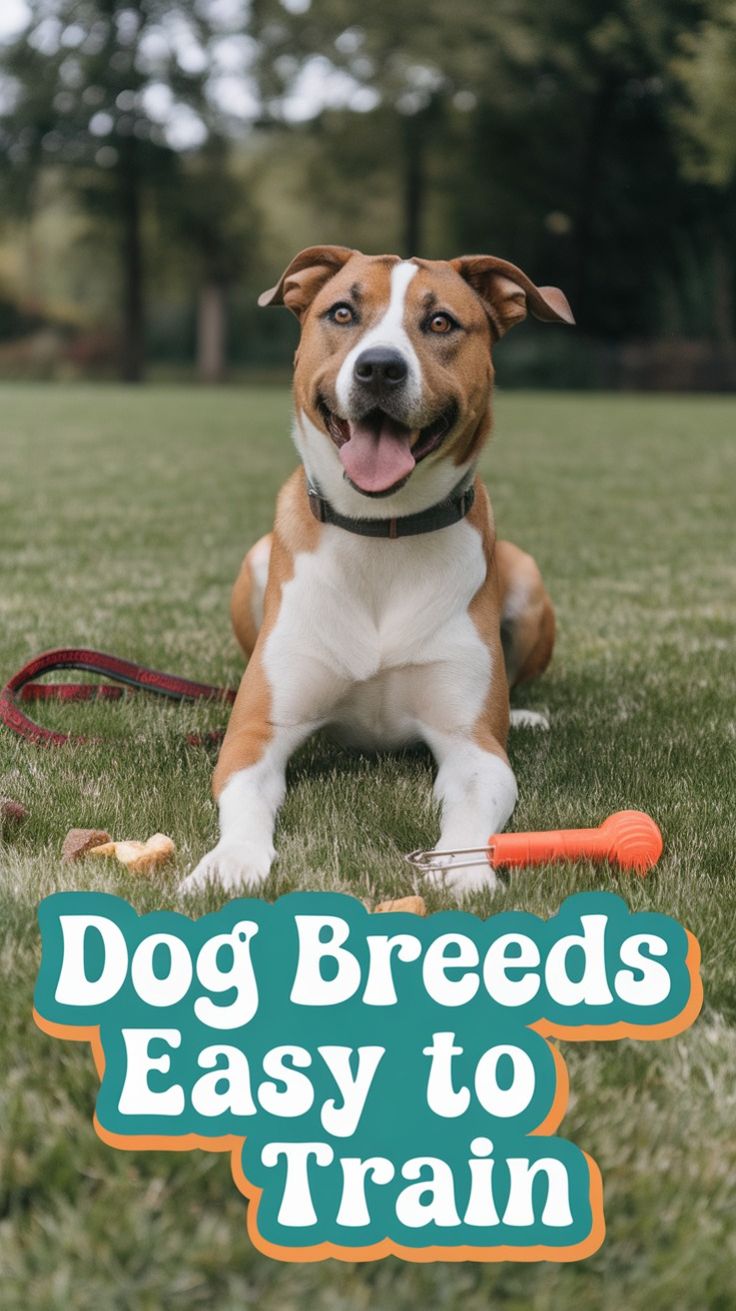
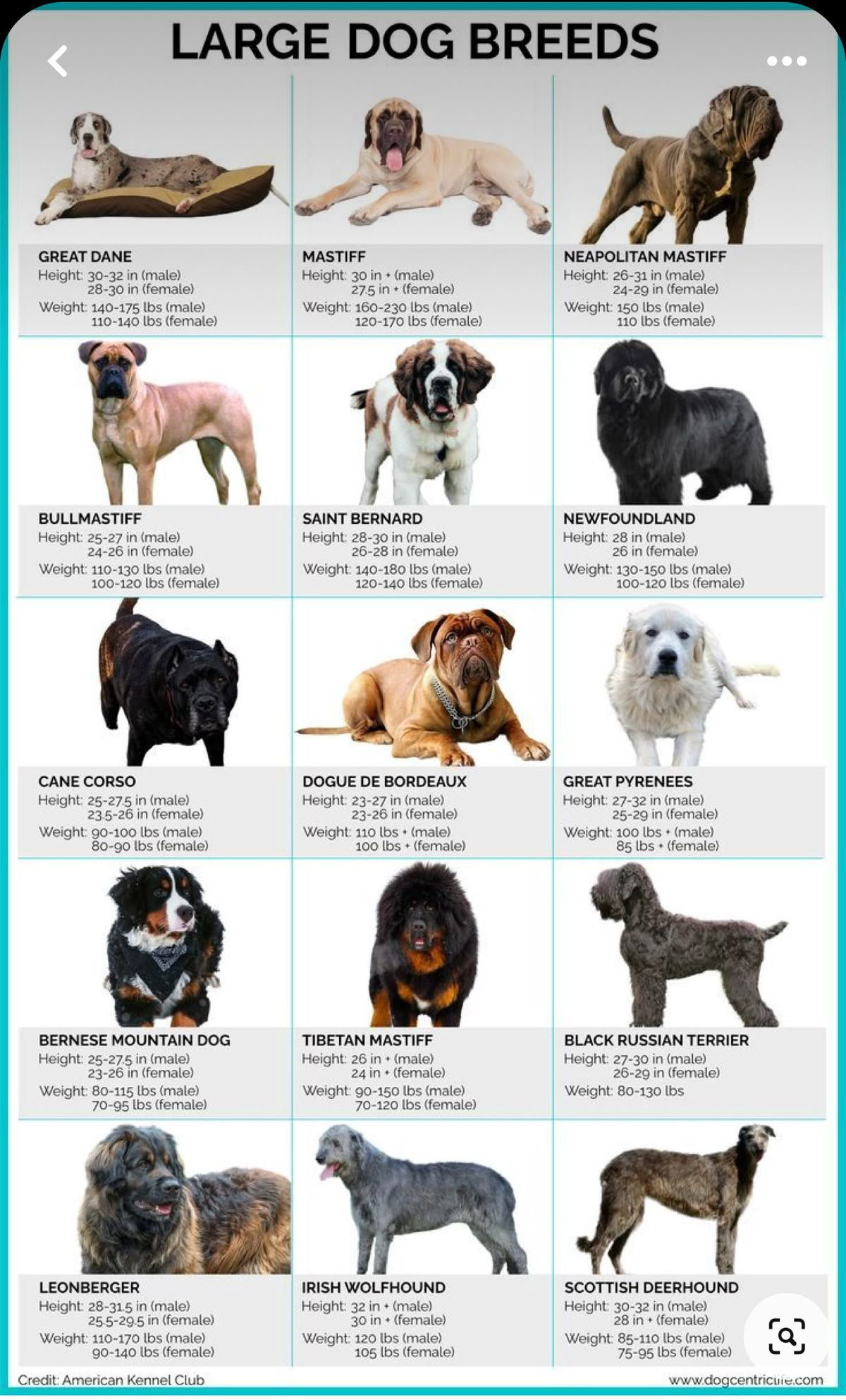

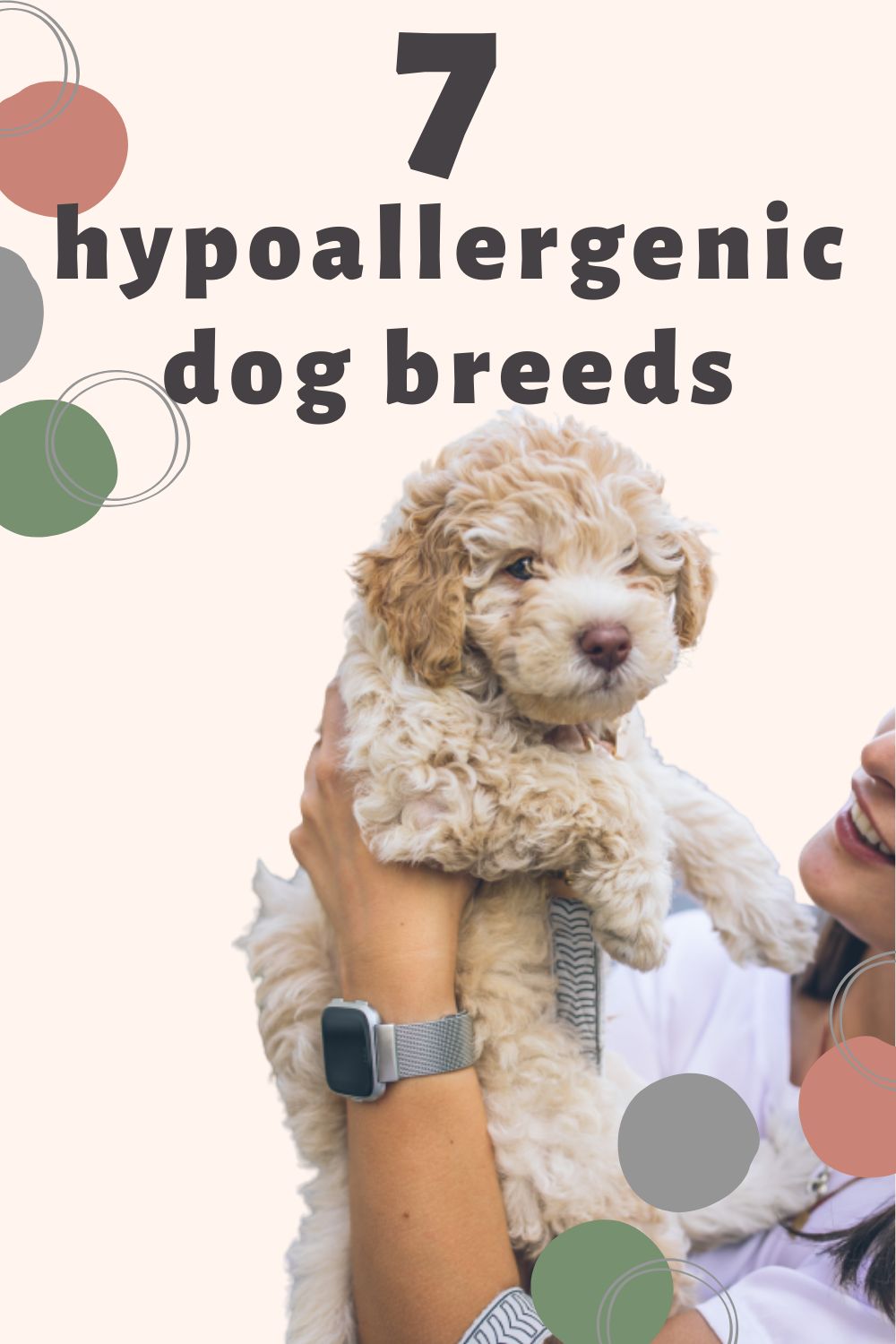
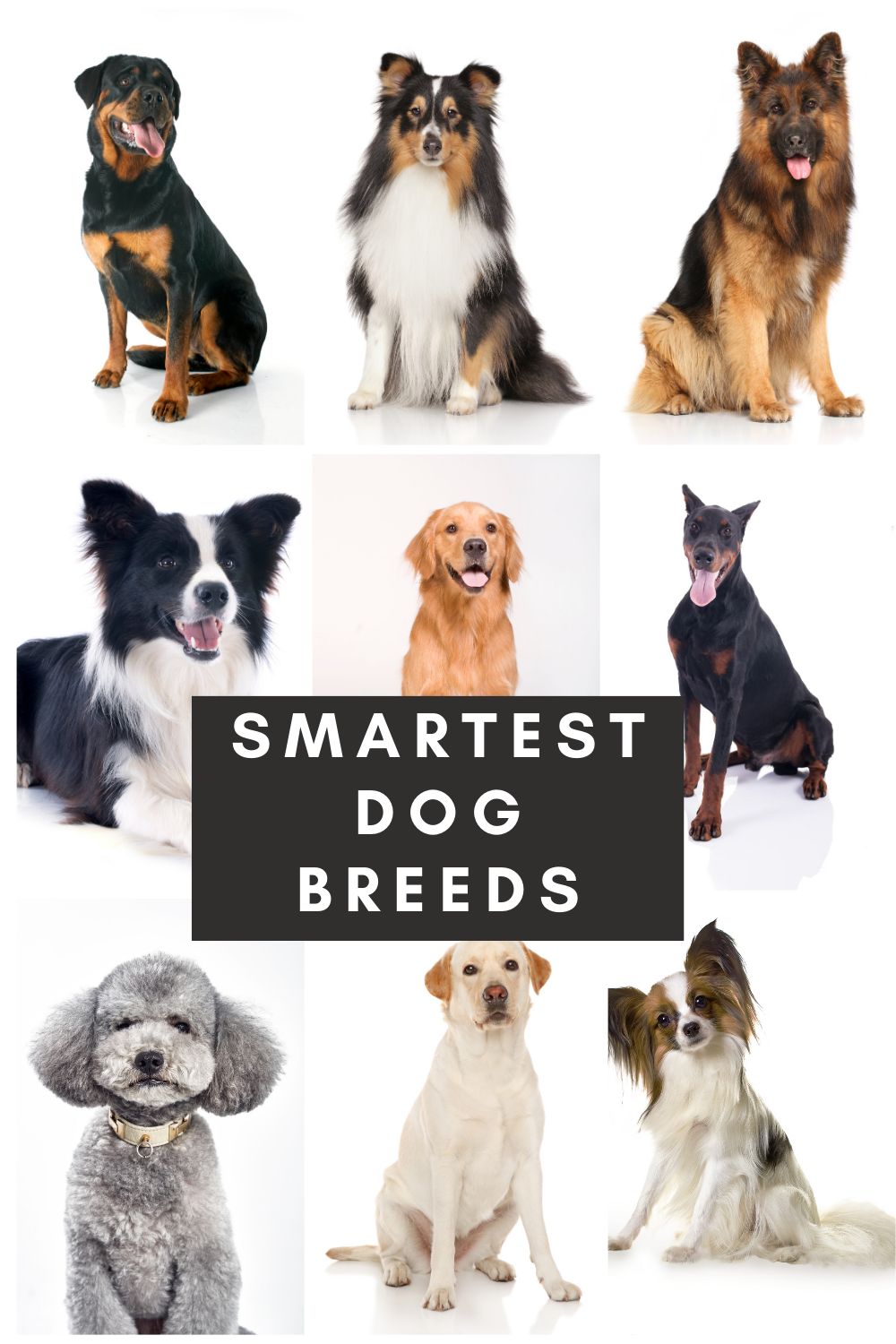
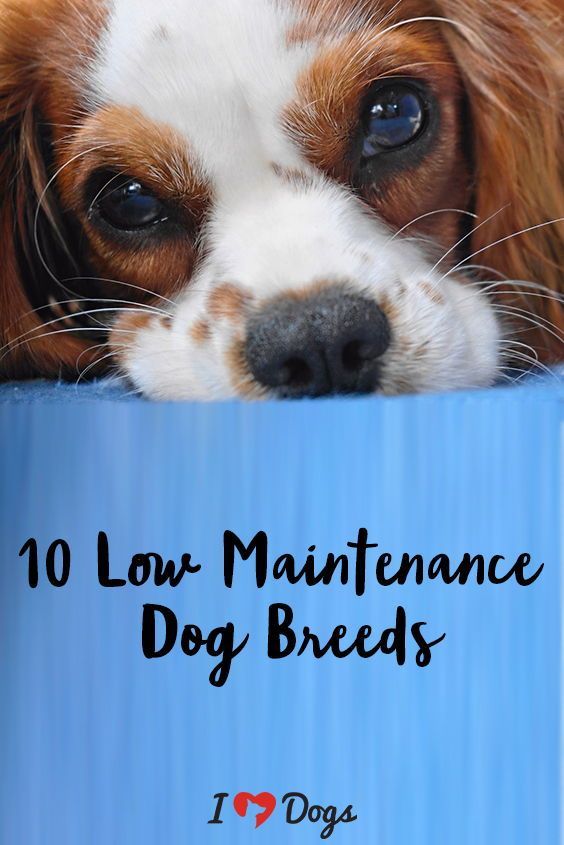
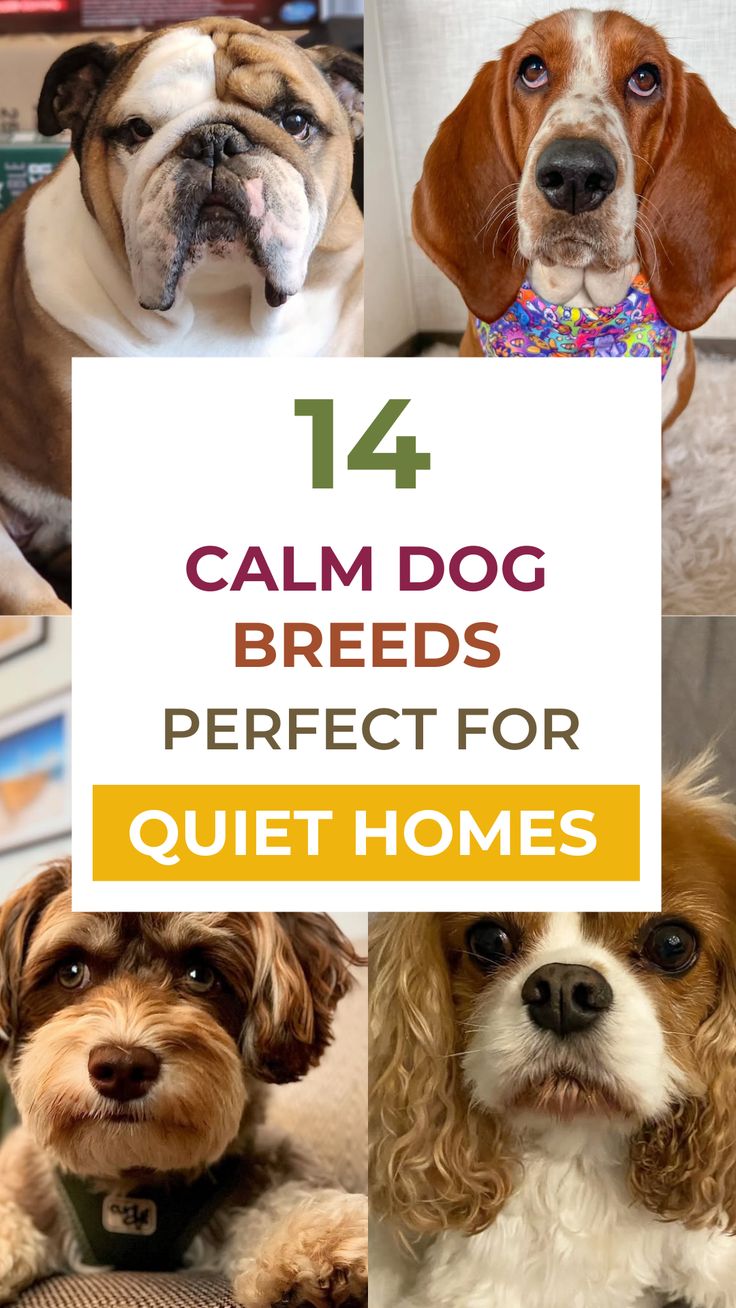

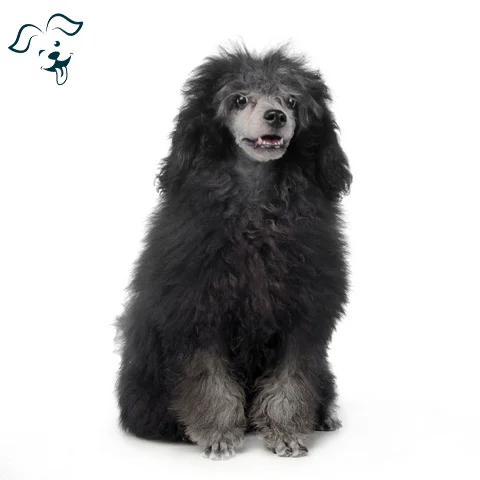
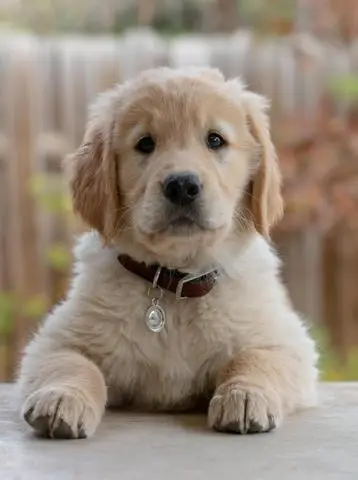
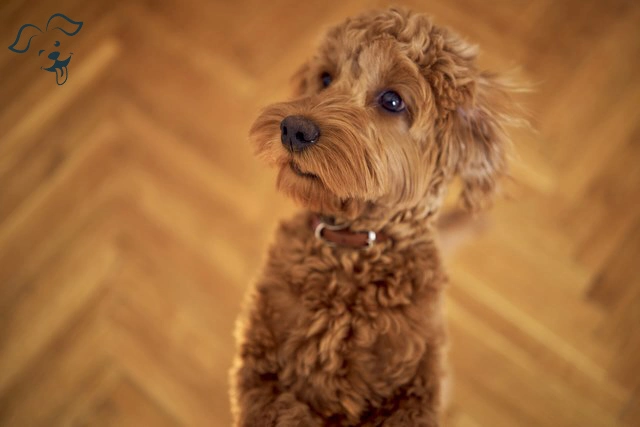
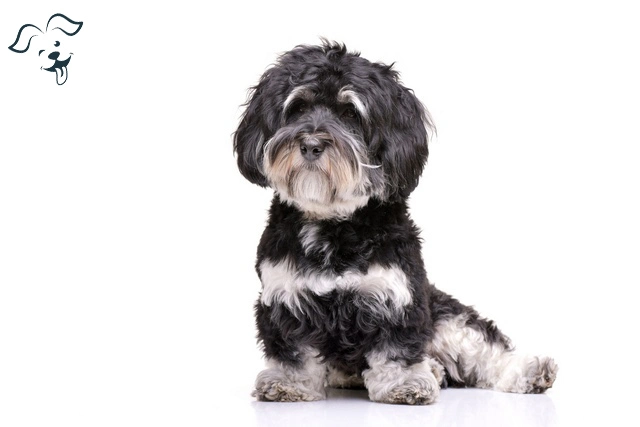
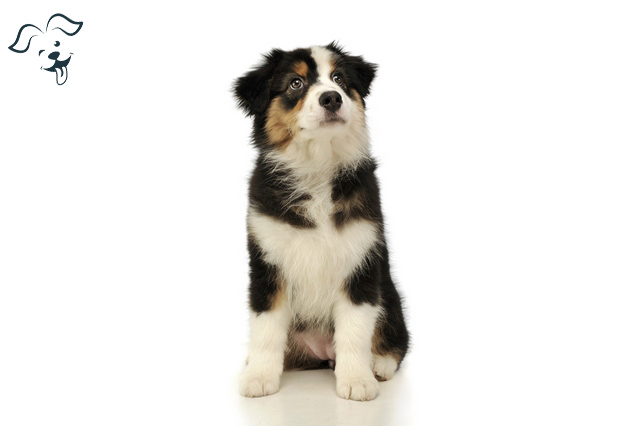
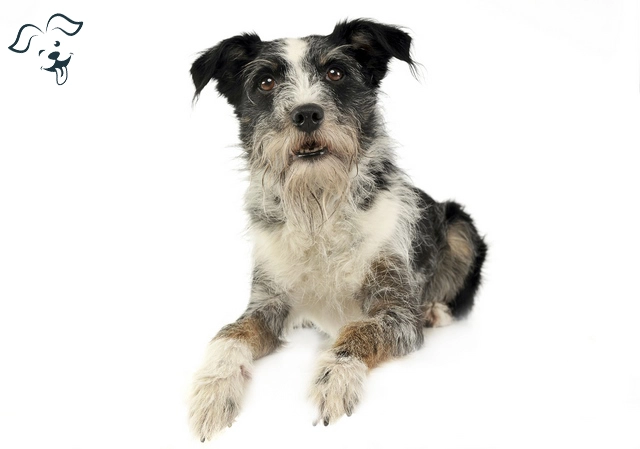
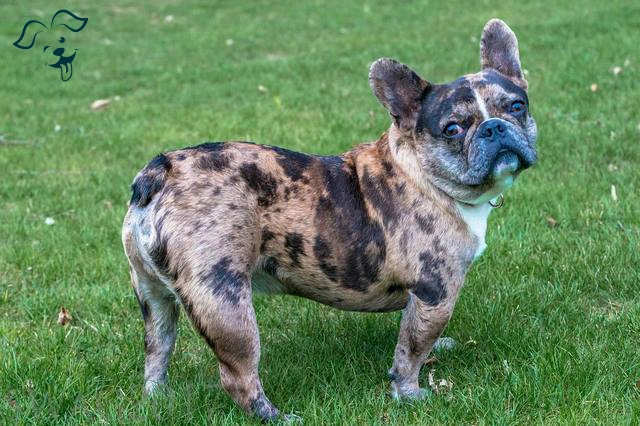
FRIENDLINESS
LIVELINESS
VIGILANCE INTENSITY
ADAPTATION CAPACITY